What is human-centric lighting? Meet the smart controls we think every home will have in the future
Human-centric lighting systems claim to help boost your wellbeing at home. Here's how they work
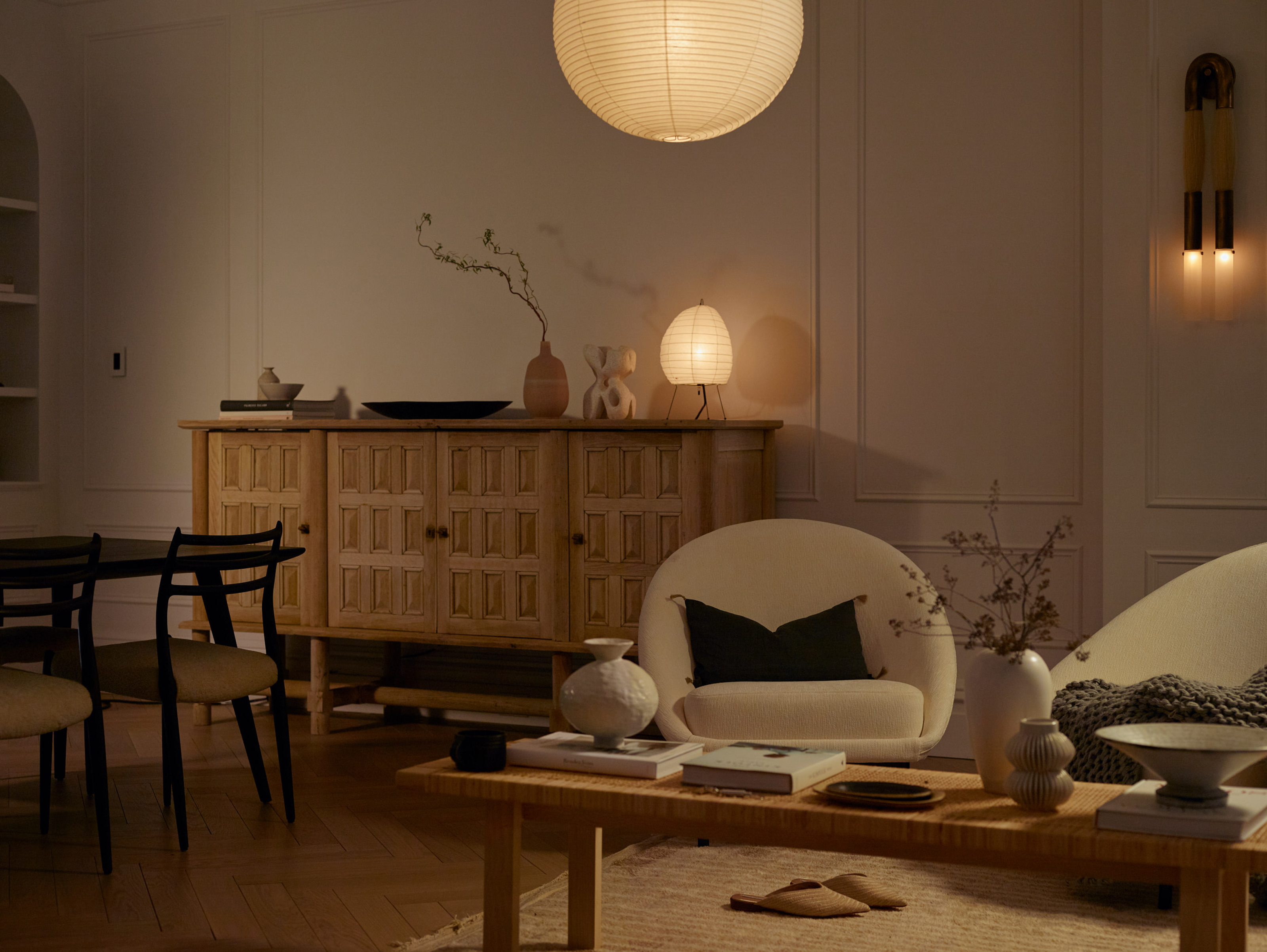

Human-centric lighting isn't the sexiest name for something that is, actually, a pretty sexy piece of home tech. That might be because it's only just making inroads into consumer markets – that is, it's something that's only really been used in office buildings and commercial spaces, up until now.
However, the basic concept of human-centric lighting is something that you're sure to be familiar with, after all, it's partly based on the idea of 'circadian lighting'. Whether it's those alarm clocks which slowly wind you down or wake you up with light, or even if you heed the advice of having a screen break before bed to avoid insomnia, it's all about how light color temperature and intensity play a role in our sleep habits and how we use spaces.
Human-centric lighting kicks this idea up a gear. Where you have to make active choices about the type of artificial light you expose yourself to throughout the day, these systems act as part of an automated home, delivering you the type of light you need for better overall wellbeing.
Livingetc spoke to Colin Billings, a pioneer for human-centric lighting in houses and founder of smart lighting brand Orro, to get the lowdown on why these systems are worthwhile, and why they're likely to be the future of our homes.
What does a human-centric lighting system do?
Human-centric systems are controls for automated lighting, focusing on the color temperature and intensity, with the goal of increasing the wellbeing of the people using those spaces. Similarly to simple solutions like the best wake up lights, one of the major ways in which it plays a role is the light cycle of the day, that being that our bodies react to light temperature and brightness levels to wake and energize us, and soothe us ready for sleep. However, human-centric lighting goes a little further than that.
'One of the goals of human-centric includes feeling better and being more well,' Colin, CEO of Orro, tells us, 'and from that, the circadian lighting elements of human-centric lighting have to be discussed or thought about as well. But there's a slight separation between human-centric lighting and healthy lighting, or circadian lighting,' he adds.
'For instance, you might have a room in your house where you only do tasks that require focus. In that case you don't necessarily want circadian light, you want something that supports your intention and goals within that space at that moment.'
More than just introducing lighting like an integrated alarm clock then, human-centric systems take a more sophisticated approach to the light spectrum that can help finetune your environment to meet specific needs.
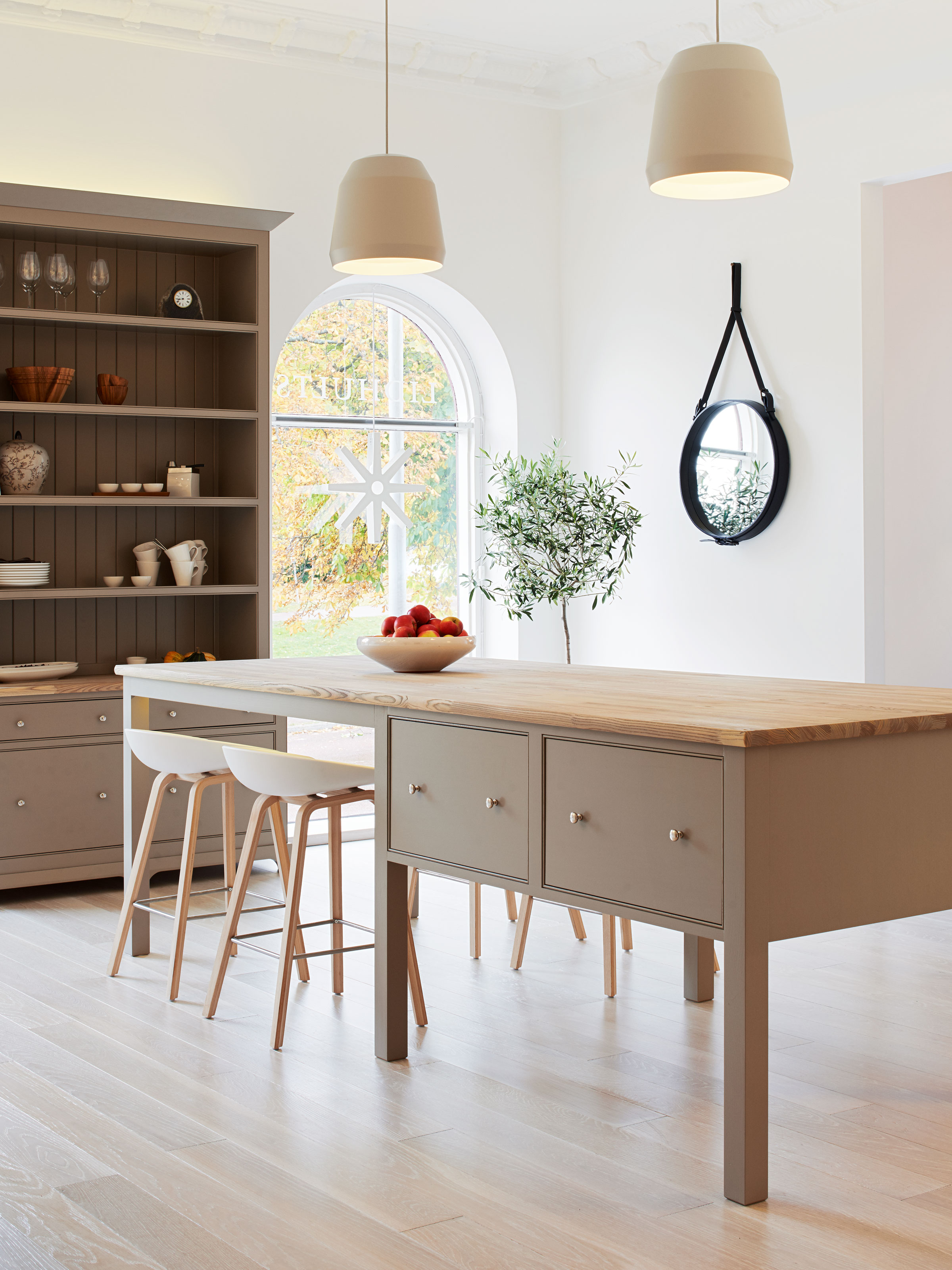
What are the benefits?
'One of the biggest benefits of human-centric lighting is not only how it assists you by setting the proper amount of light for where you are and what you’re doing, but how it helps us all to feel better,' Colin explains. 'Whether it's feeling energized in the morning, or relaxed and ready for bed, human-centric lighting, probably at the most pervasive level, will support health and wellness.'
While the morning and evening components of a human-centric system are evergreen, the importance of supplementing natural light effectively throughout the day has become more important than ever before in recent years. 'With so many working remotely these days, a much larger percentage of our time is spent in our homes—not just in the mornings and evenings,' Colin says. 'As we remain more stationary, human-centric lighting, and particularly systems focused on wellness, support you through the arc of that day.'
If you're having the 4pm slump, for example, human-centric lighting in your home office could come to the rescue. 'Imagine if you just wanted to be able to say, "Hey, I need an edge right now." Instead of getting a cup of coffee, you could actually turn on the light, and it would apply a higher intensity more towards sunlight,' Colin suggests. 'Your body would stimulate cortisol and you'd feel an energetic lift from that.'
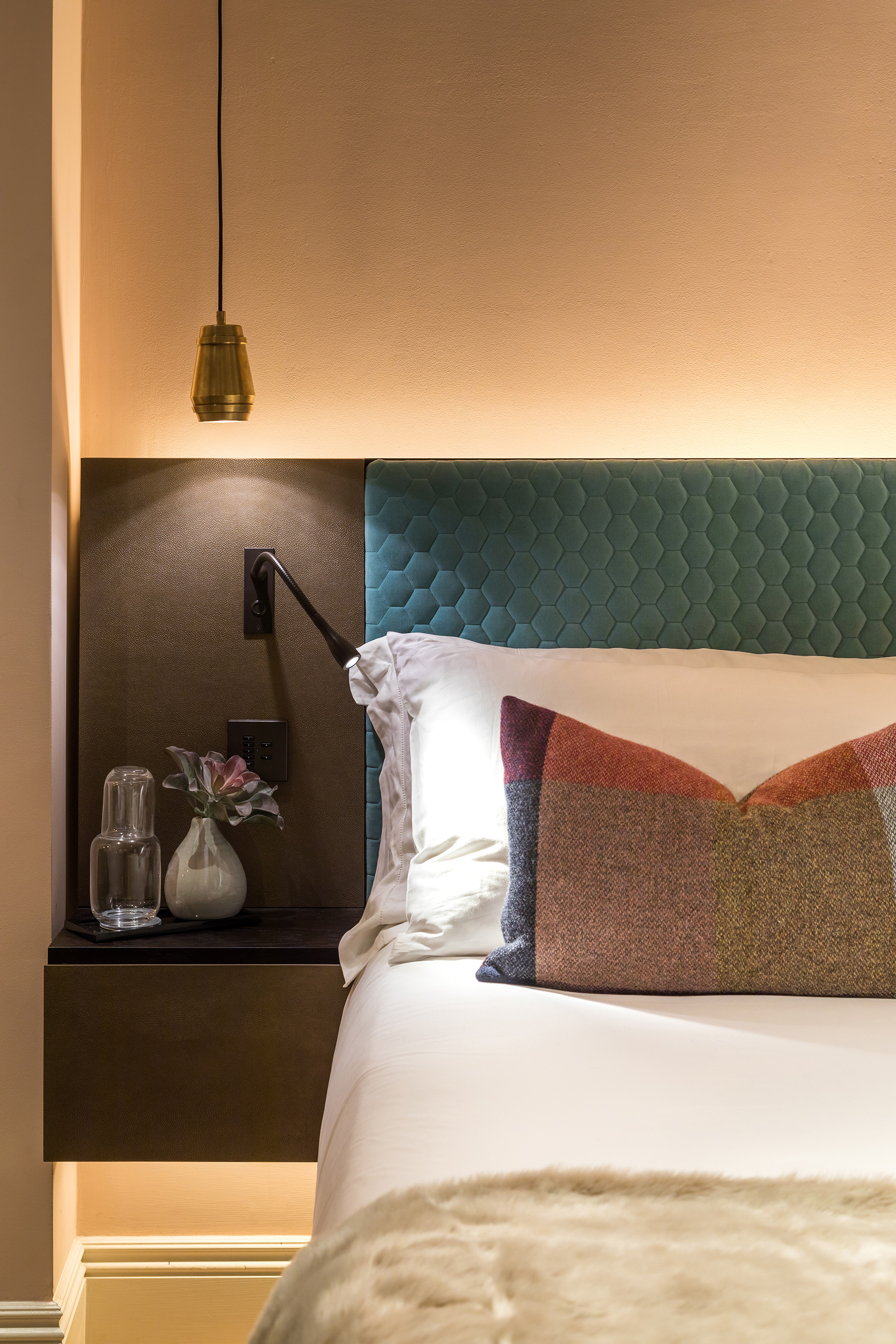
How do you operate a human-centric lighting system?
Smart lighting is by no means a new concept, and ostensibly, you could enact a human-centric lighting scheme with an existing smart home system. However, alongside the manual input required, you could only program your system to different times of day using a basic smart lighting set up. And, as we know, natural light shifts hour-to-hour and day-to-day, let alone month-to-month.
'The most basic elements of a human-centric lighting system are obviously lighting controls, but I fundamentally believe that controls need to have advanced sensors to put the centric in the human-centric part of it,' Colin explains. 'Sensors, like occupancy detection and light measurement, and automation are how a lighting system becomes in tune with humans and their intention within a space. I think it's very difficult to fully realize human centric lighting without some level of automation.'
'The reason why manual control systems for human-centric lighting underperform is that there are so many different moments and contexts and variations,' he adds. 'It's like constantly changing the volume on your TV — you’ve got to find a control or remote and input changes throughout the day. To think about adjusting the light based on the hour of the day, the amount of light that's in the room, the different activities you're involved in … you would constantly be touching a light switch, or a phone.'
Human-centric systems like Orro, as an example, will automatically turn on and adjust the lights based on your preference and the amount of natural daylight reaching a room in a given moment.
How is human-centric lighting installed?
The beauty of modern tech is that it requires relatively little disruption to retrofit. For Orro, as an example, it just requires switching out a light switch - a minimal expense.
For lighting that factors in color temperature, you'll also need to invest in smart bulbs that have this capability, though it's still possible to embrace the ideas of human-centric lighting without. 'The right color temperature is certainly a factor, but without investing in a whole new set of light bulbs, just making sure that lights aren't as bright and that they're automatically dimmed will drive the more substantial impact,' Colin suggests. 'Intensity of light plays the largest role in its impact on your biology.'
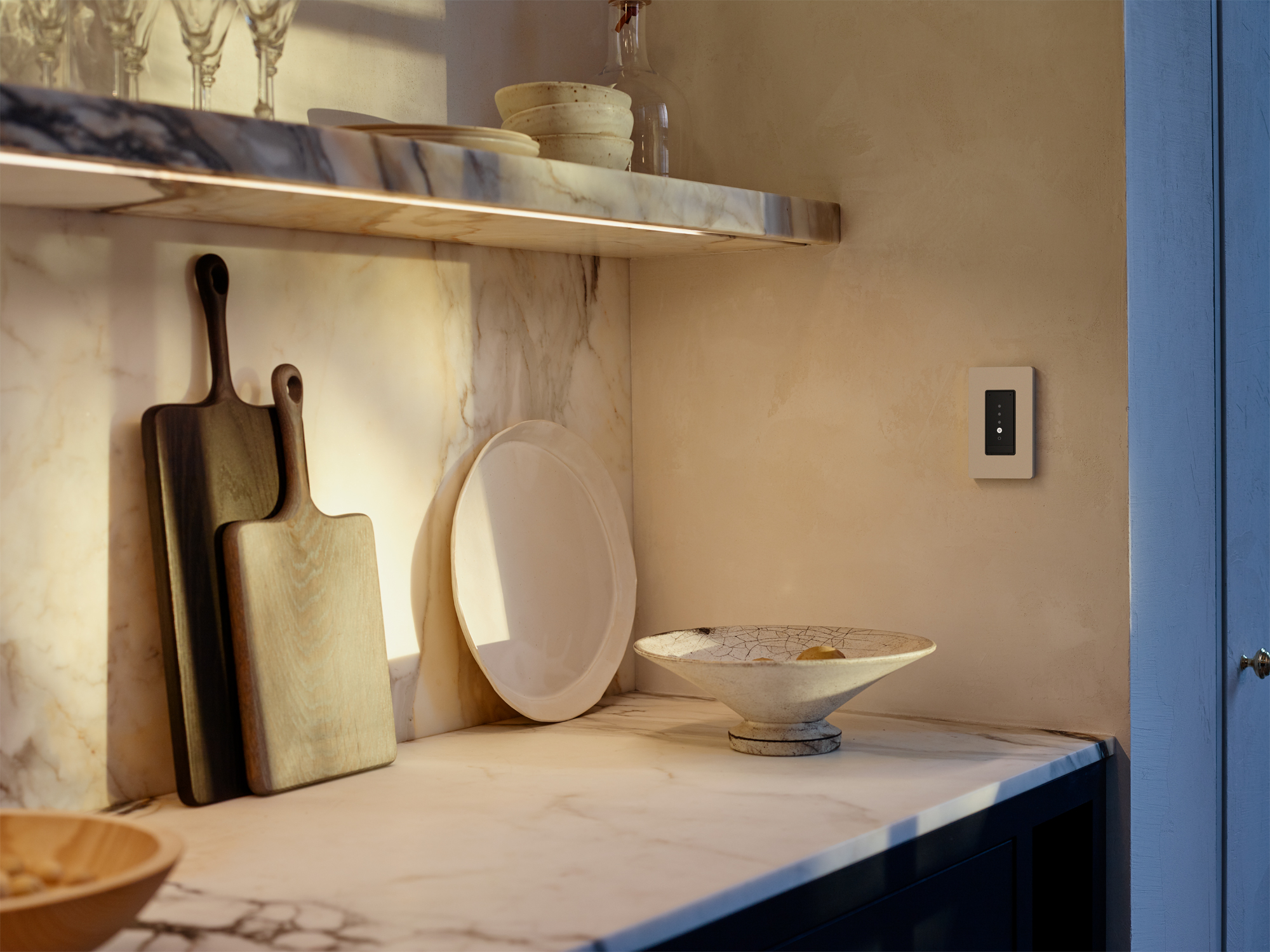
Which color temperatures best represents daylight throughout the day?
Completely mimicking the intensity and color temperature of natural light is tricky. 'The best way to look at what the color temperature should include looking at what the sun does over the course of a day,' Colin explains. 'It starts off warmer in the morning, around dawn, in which case you’re in the low 2,000s range for kelvin. Then, at noon, or generally between 10am and 11am, you would get up to over 6,000 kelvin to match approximate natural daylight.'
But what should artificial light do in your home after sunset? 'The answer is candlelight, or between 14 and 18 kelvin, which is very red. However, right now, very few light bulb manufacturers can offer a range of 1,400 to 6,500 kelvin,' Colin explains.
Be The First To Know
The Livingetc newsletters are your inside source for what’s shaping interiors now - and what’s next. Discover trend forecasts, smart style ideas, and curated shopping inspiration that brings design to life. Subscribe today and stay ahead of the curve.

Hugh is Livingetc.com’s editor. With 8 years in the interiors industry under his belt, he has the nose for what people want to know about re-decorating their homes. He prides himself as an expert trend forecaster, visiting design fairs, showrooms and keeping an eye out for emerging designers to hone his eye. He joined Livingetc back in 2022 as a content editor, as a long-time reader of the print magazine, before becoming its online editor. Hugh has previously spent time as an editor for a kitchen and bathroom magazine, and has written for “hands-on” home brands such as Homebuilding & Renovating and Grand Designs magazine, so his knowledge of what it takes to create a home goes beyond the surface, too. Though not a trained interior designer, Hugh has cut his design teeth by managing several major interior design projects to date, each for private clients. He's also a keen DIYer — he's done everything from laying his own patio and building an integrated cooker hood from scratch, to undertaking plenty of creative IKEA hacks to help achieve the luxurious look he loves in design, when his budget doesn't always stretch that far.
-
 The Easiest Way to Turn Your Designer Scarf Into Wall Art — No Frame, No Fuss, No Regrets
The Easiest Way to Turn Your Designer Scarf Into Wall Art — No Frame, No Fuss, No RegretsBecause silk this pretty should never stay in a drawer
By Julia Demer Published
-
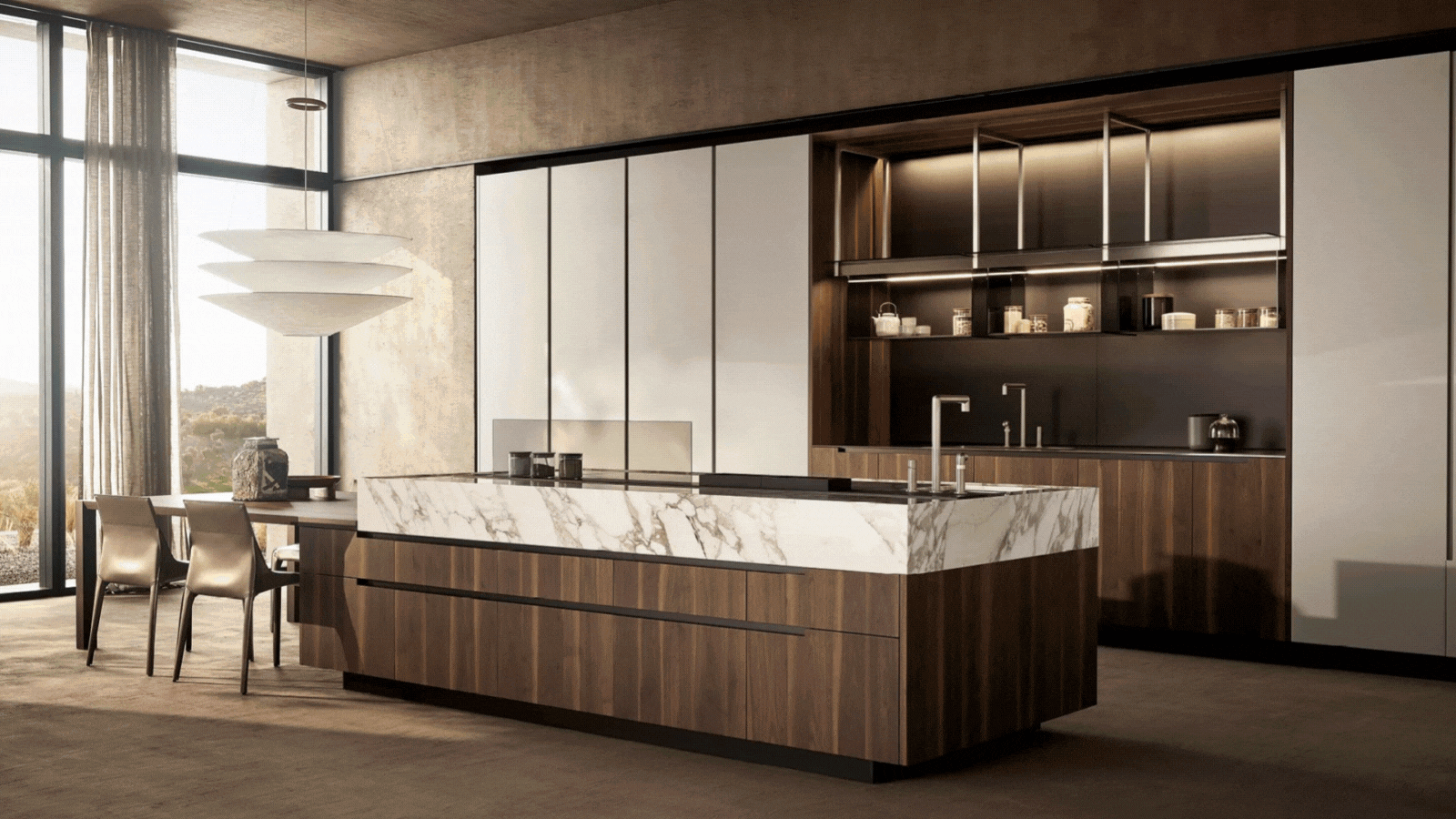 Italian Kitchen Trends — 5 Emerging Ideas From the Chicest Italian Designers That I Predict Will Go Global in 2025
Italian Kitchen Trends — 5 Emerging Ideas From the Chicest Italian Designers That I Predict Will Go Global in 2025Fresh from Milan Design Week, these are the exciting finishes, styles, and innovative materials I can't wait to see in more kitchens this year
By Faiza Saqib Published
-
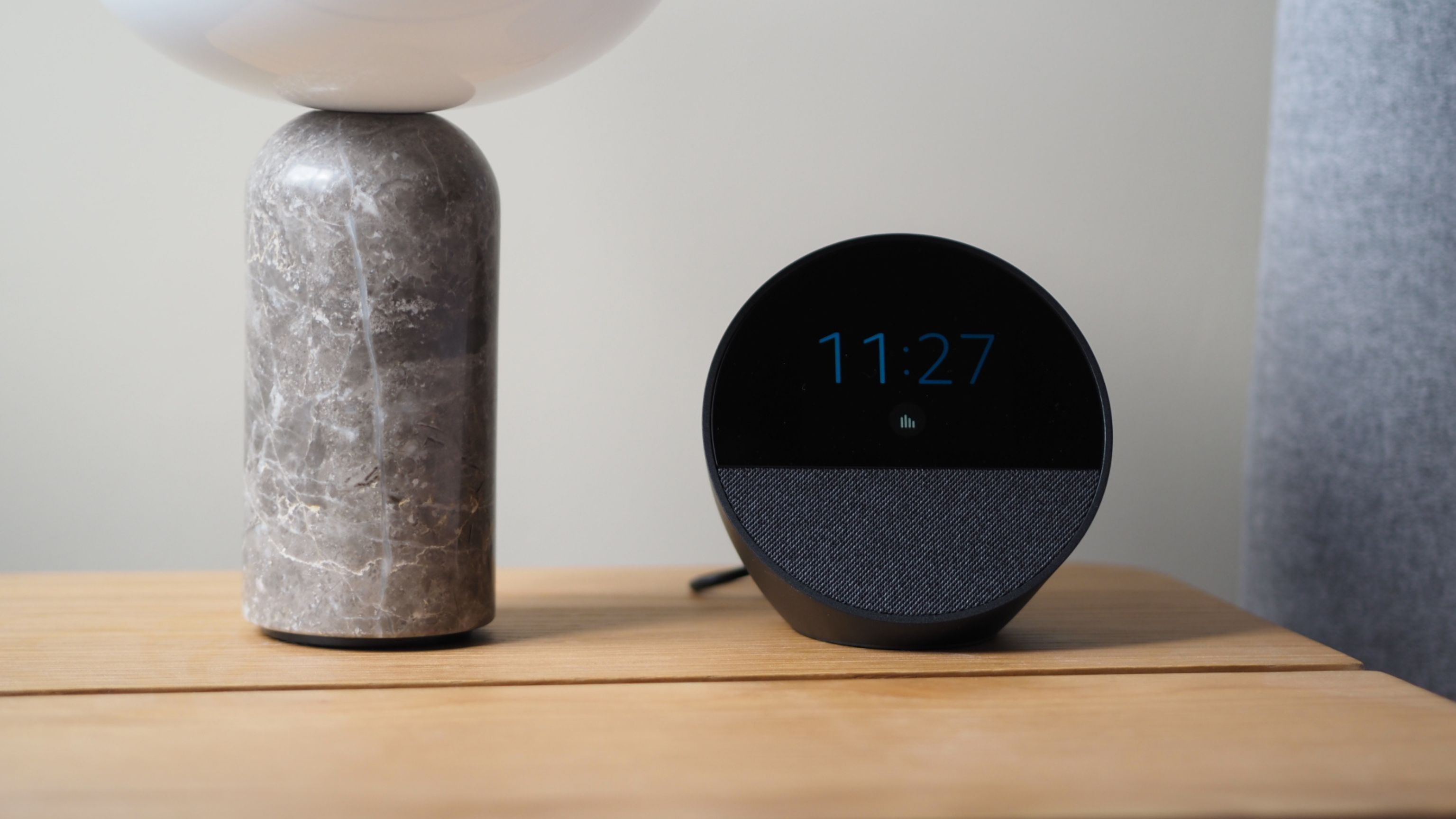 Amazon's New Echo Spot Is Its Best Looking Smart Speaker With a Screen — And It's Almost Half Price Right Now
Amazon's New Echo Spot Is Its Best Looking Smart Speaker With a Screen — And It's Almost Half Price Right NowThe newest design of this Alexa-enabled device fits into your home more naturally than many of its predecessors
By Hugh Metcalf Published
-
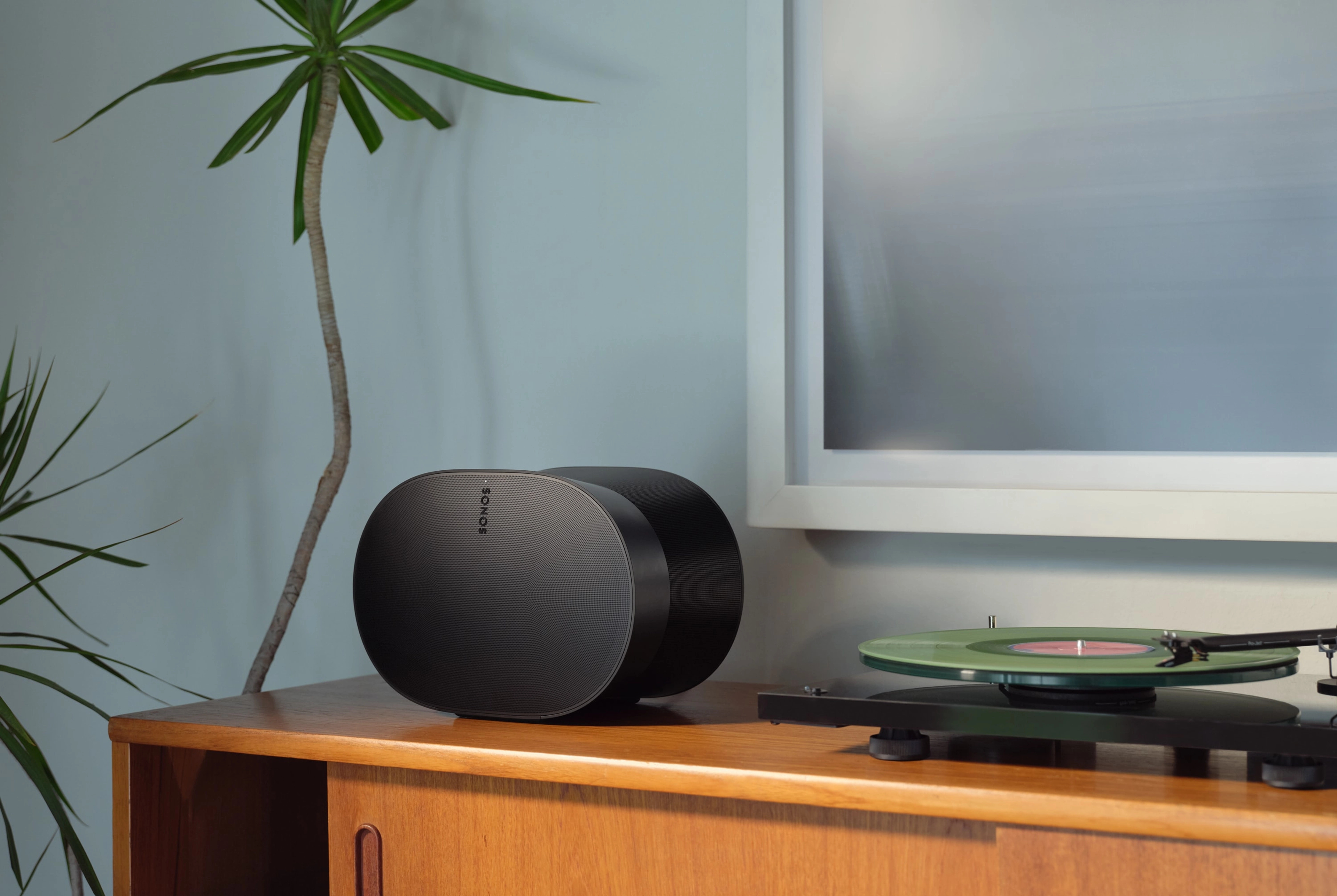 Sonos' Era 300 Speaker is Changing How You Listen to Music — Here's How it Works
Sonos' Era 300 Speaker is Changing How You Listen to Music — Here's How it WorksSpatial audio puts you in the middle of the action for both movies and music. Here’s how the Sonos Era 300 takes advantage.
By Alan Martin Published
-
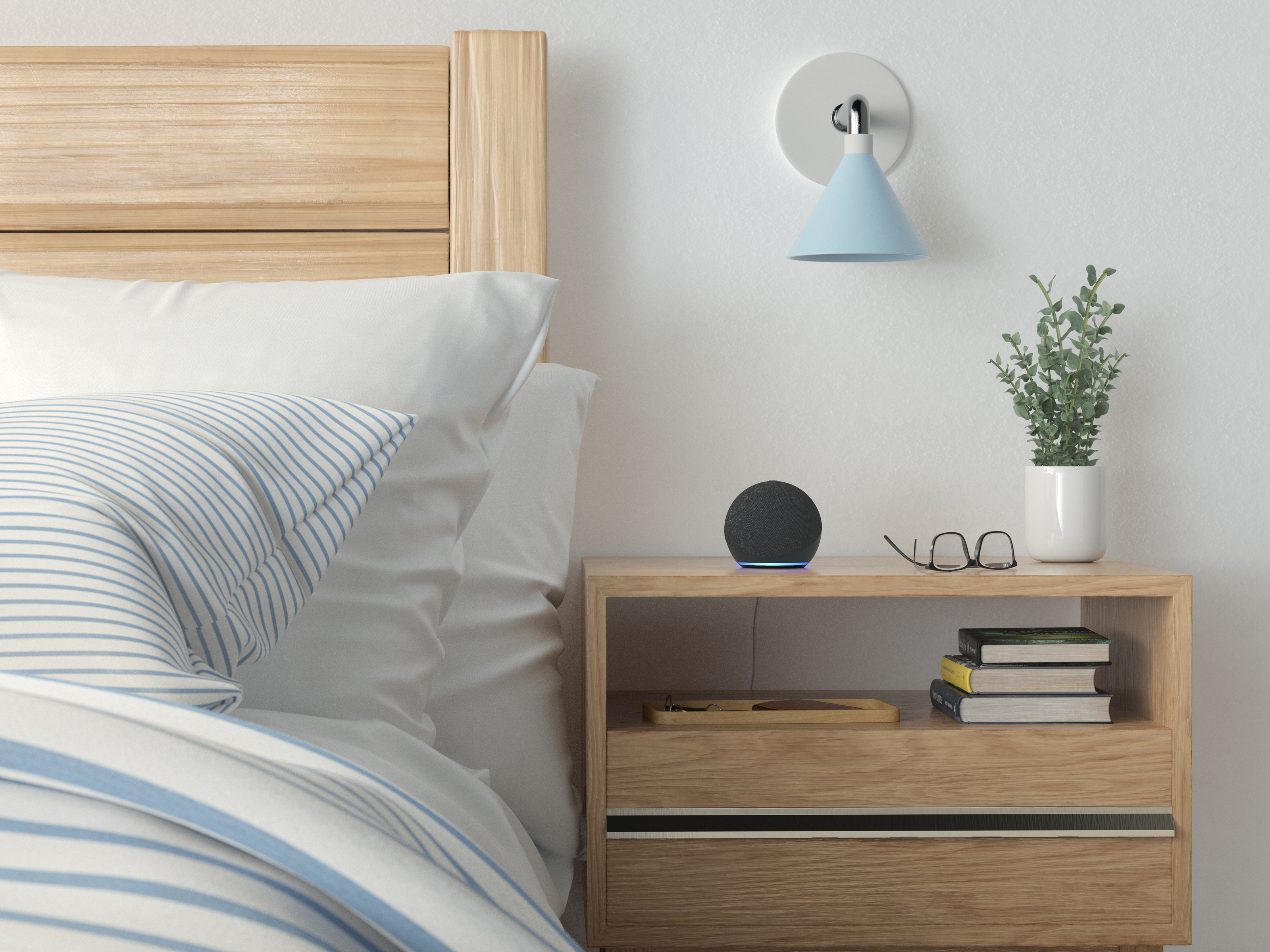 5 Clever Ways you can use Your Amazon Alexa Devices to Help you Sleep Better — 'They Revolutionize Your Night Time Routine!'
5 Clever Ways you can use Your Amazon Alexa Devices to Help you Sleep Better — 'They Revolutionize Your Night Time Routine!'If you don't have an Amazon Echo device in your bedroom yet, you'll definitely want to after learning about these genius functions
By Lilith Hudson Published
-
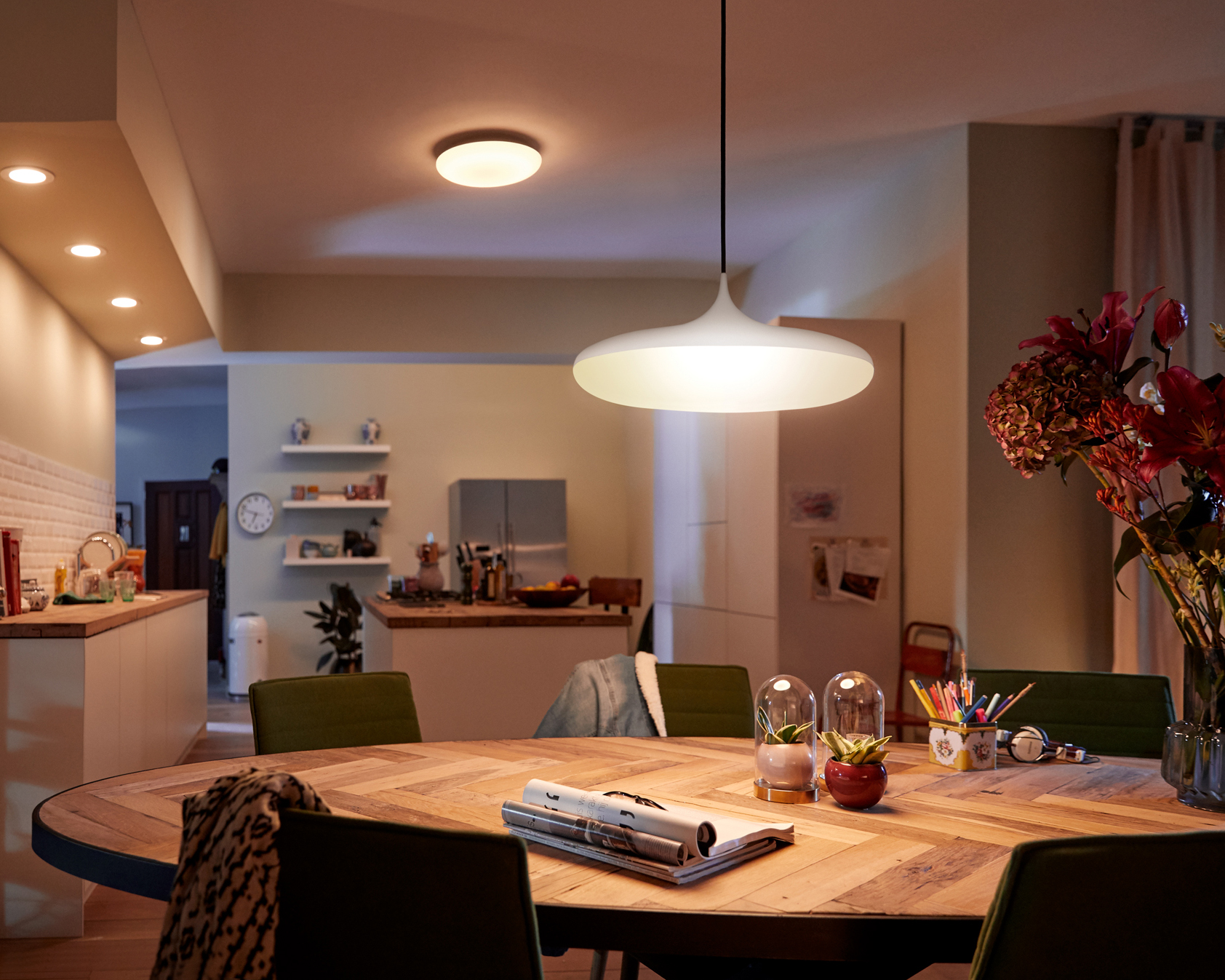 6 Resolutions to Make Your Smart Home Better in 2024 — This is How to Get More From Your Tech
6 Resolutions to Make Your Smart Home Better in 2024 — This is How to Get More From Your TechMake your smart home work better for you in the new year with these tips to get things firing on all cylinders
By Alan Martin Published
-
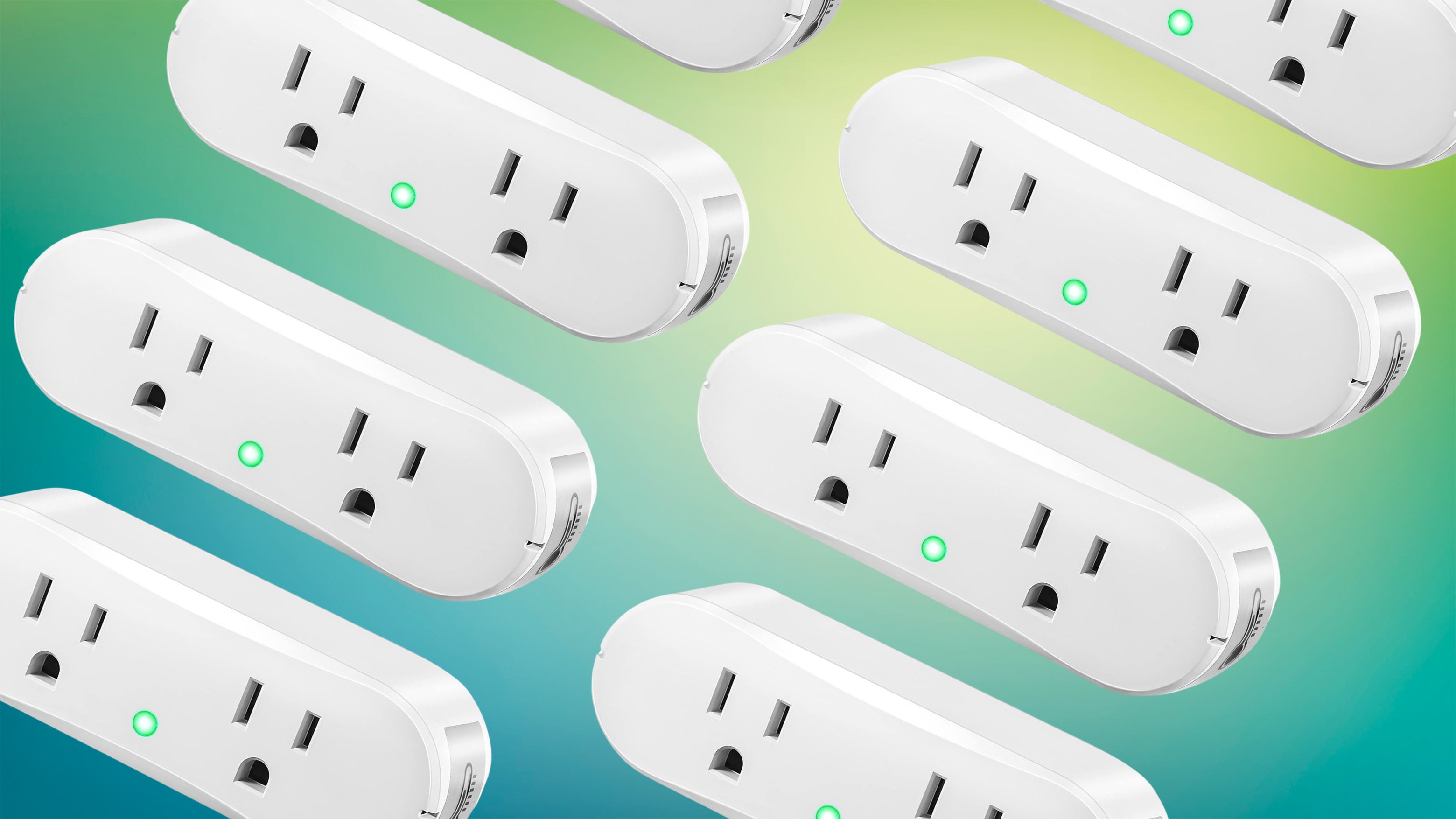 'Okay, That's Genius!' I've Just Discovered This 'Temperature-Controlled' Outlet That has so Many Clever Uses
'Okay, That's Genius!' I've Just Discovered This 'Temperature-Controlled' Outlet That has so Many Clever UsesWith a thermometer built in, these outlets can power devices when the temperature hits a certain point, making them ideal for many use cases
By Alan Martin Published
-
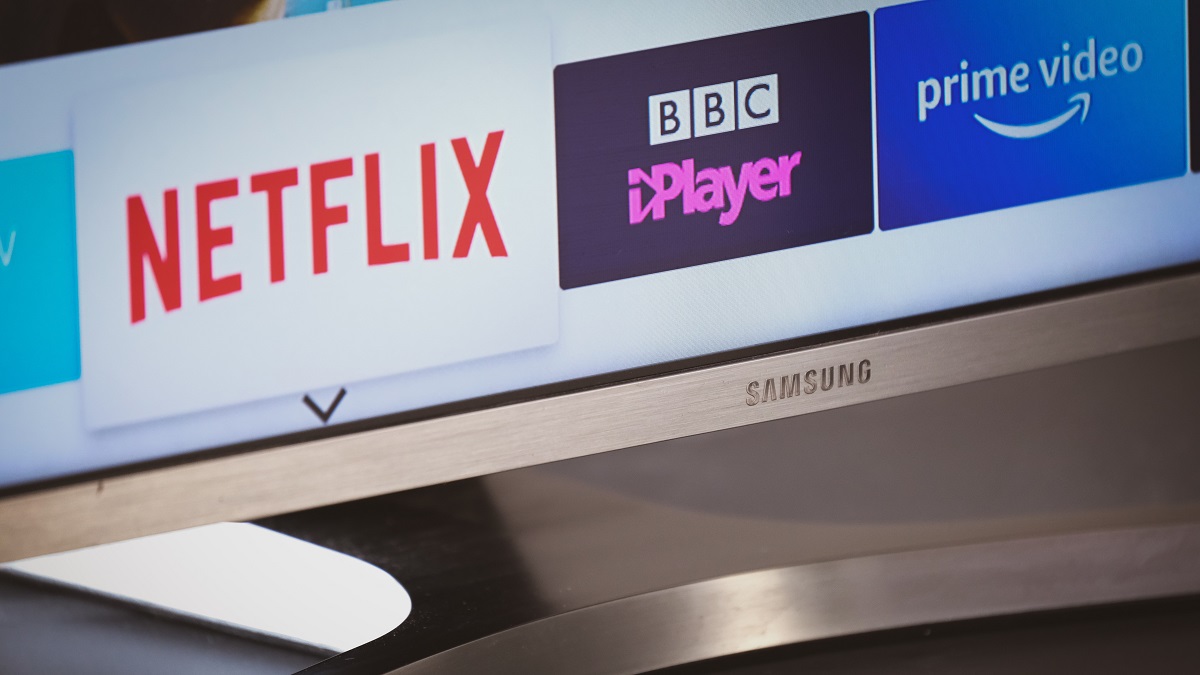 In your smart TV spying on you? This is what data your TV collects and how can you make it more private
In your smart TV spying on you? This is what data your TV collects and how can you make it more privateInternet-connected smart TVs are designed to make your life easier, but that convenience comes with a price: personal data.
By Alan Martin Published
-
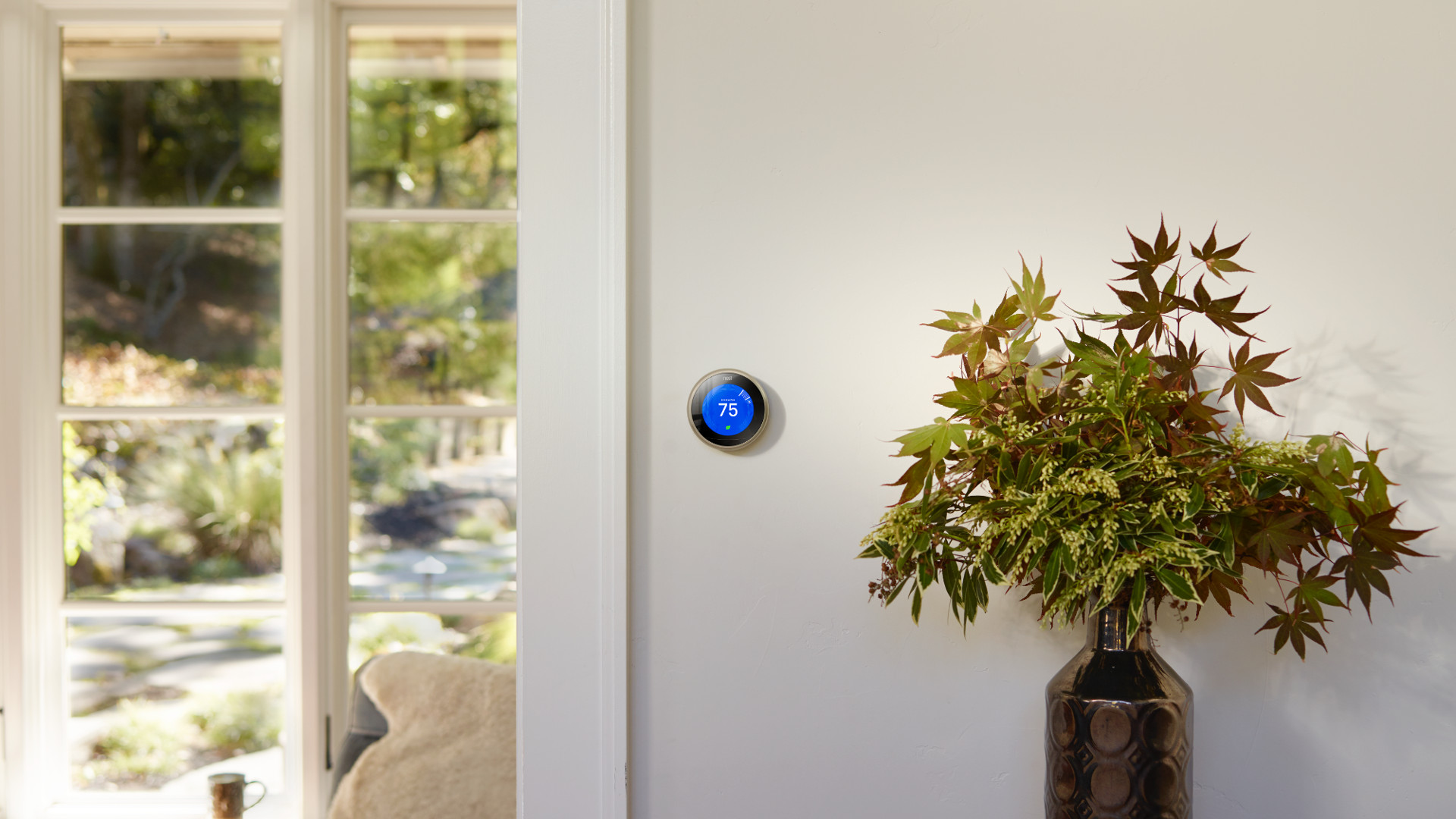 What is a smart heating system? Explained - the way to save money and the environment, from home
What is a smart heating system? Explained - the way to save money and the environment, from homeA smart heating system could change the way you heat your home to save you money and help nature at the same time.
By Luke Edwards Published
-
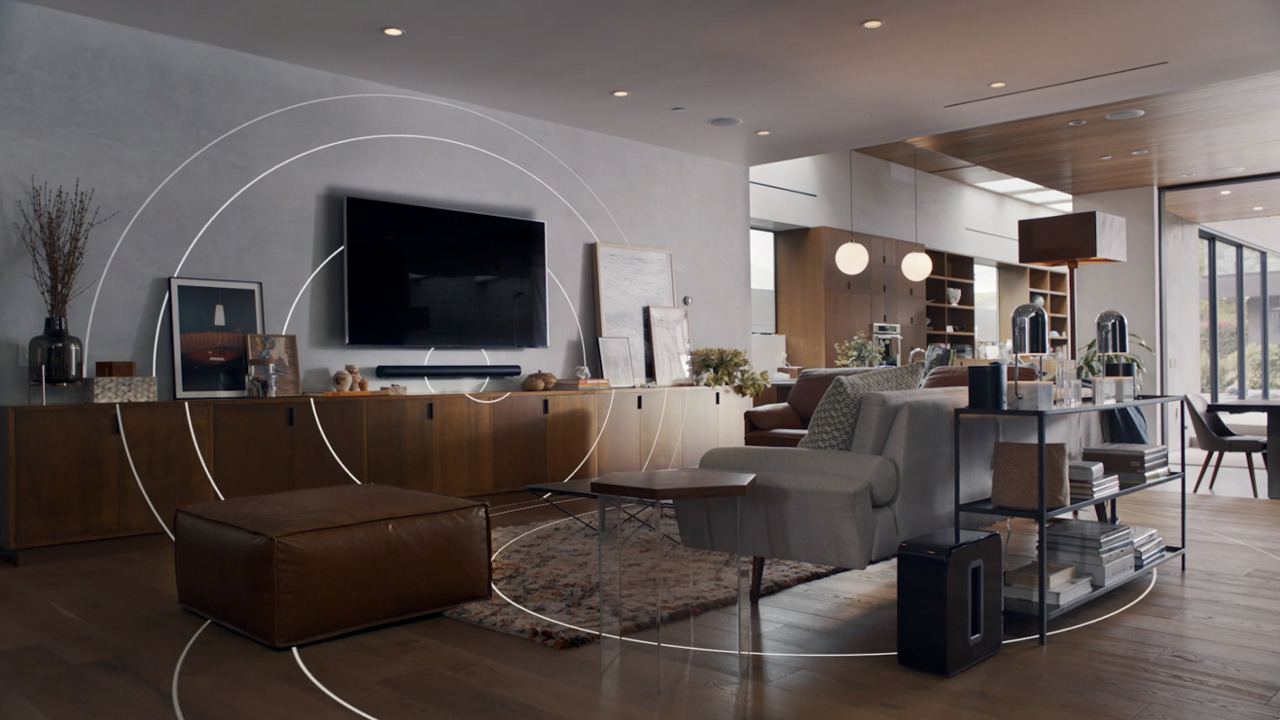 What is Netflix spatial audio? Explained: the new sound innovation to improve your next boxset binge
What is Netflix spatial audio? Explained: the new sound innovation to improve your next boxset bingeNetflix spatial audio makes TV and movies more immersive than ever, right in your home and here's how you can enjoy it.
By Luke Edwards Published